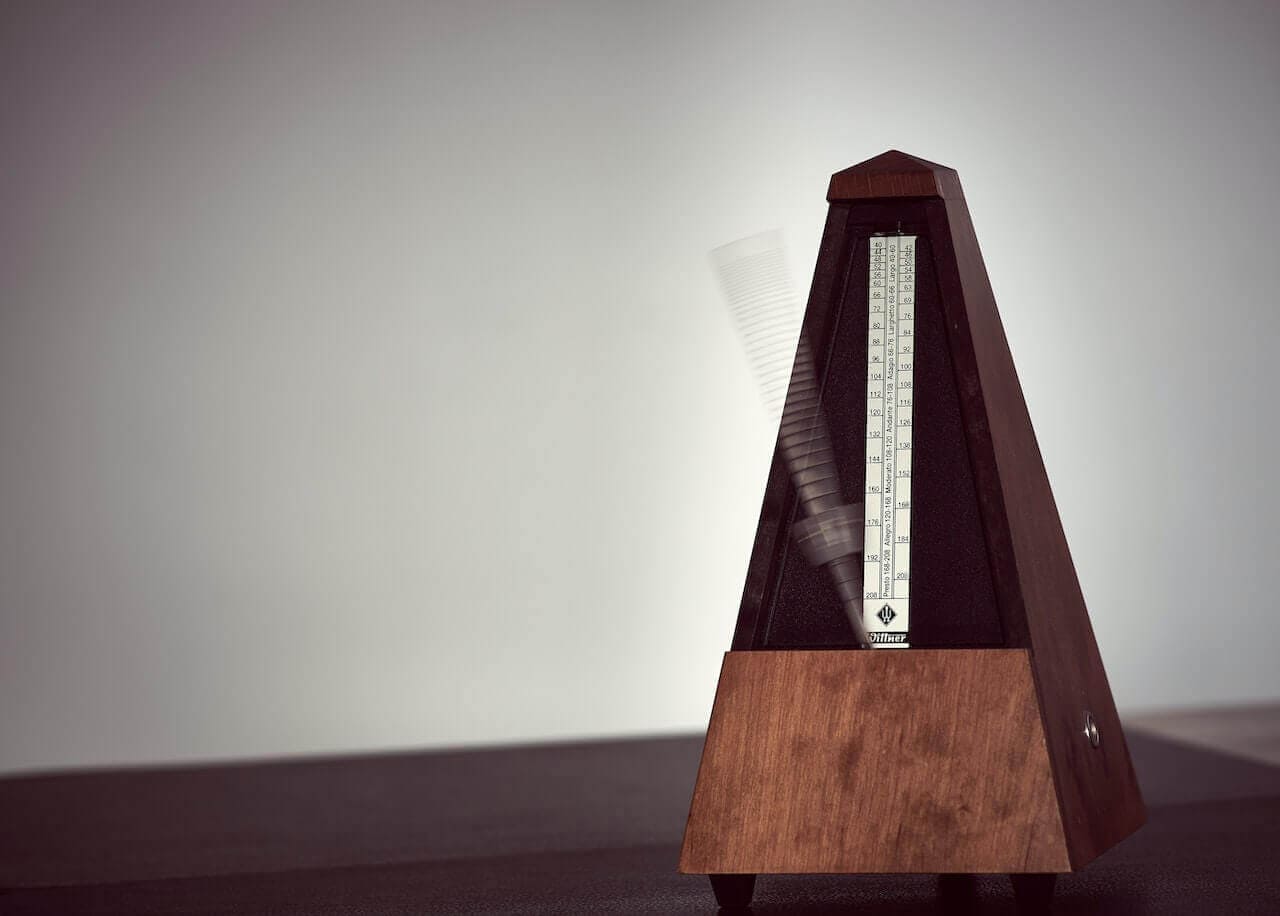
What is a Metronome Used for in Psychology?
Why do psyhologists use metronome? Have you ever wondered about this? Metronomes aren't just used by musicians for practice but they're also used in therapy and psychology research. Let's find out how:
Interactive Metronome Therapy
Interactive Metronome Therapy uses a metronome's rhythm to improve the cognitive and motor skills of individuals with ADHD and traumatic brain injury. In this therapeutic technique, patients perform physical exercises synchronized with a metronome beat, enhancing their focus, coordination, and cognitive function.
Moreover, metronomes extend their healing touch to speech and language therapies. The rhythm provided by a metronome aids patients in refining their speech flow, pacing, and rhythm – vital components for effective communication.
Attention and Memory
When it comes to the study of attention and memory, a metronome's reliable rhythm offers a key insight. Picture this: you're sitting in a quiet room, the metronome in the corner marking time with its unchanging beat. The task? To keep the rhythm in mind while performing other activities. The steady tick-tock of the metronome serves as a cognitive anchor, enabling researchers to measure how well a person can divide their attention.
In the realm of auditory memory too, metronome holds its own. Imagine being asked to listen to a rhythmic pattern created by the metronome, then after a brief interval, attempting to reproduce it. Such tasks provide a window into short-term auditory memory and rhythm recognition skills, with the metronome playing an essential role.
Motor Control and Coordination
Beyond the cognitive aspects of attention and memory, metronomes are also used in studying motor control and coordination. Picture a steady beat echoing in a room, and with every tick, an individual makes a movement. How accurately can they match their movements to the rhythm? The answer offers researchers a wealth of information about motor control abilities, coordination, and timing precision.
This exploration becomes especially pertinent in the field of neuropsychology. Certain conditions, like Parkinson's disease, often result in motor control difficulties, manifesting as coordination and timing issues. In such cases, a metronome's steady rhythm aids in assessing these problems, providing a valuable tool for therapeutic interventions aimed at enhancing motor control.
Time Perception
Delving deeper into the cognitive labyrinth, metronomes reveal another side of their utility: studying time perception. Recognizing and responding to rhythm is an integral aspect of our cognitive processes. Whether we're moving in time to music on a dance floor or predicting when a traffic light will change, timing is a significant player.
With the precision of a metronome's beats, researchers can investigate the nuances of how we perceive and process timing information. These studies bear substantial implications: understanding timing and rhythm is vital for language acquisition as it's instrumental in learning speech patterns. It's also critical in social scenarios, aiding in our ability to synchronize actions with others during collaborative tasks.